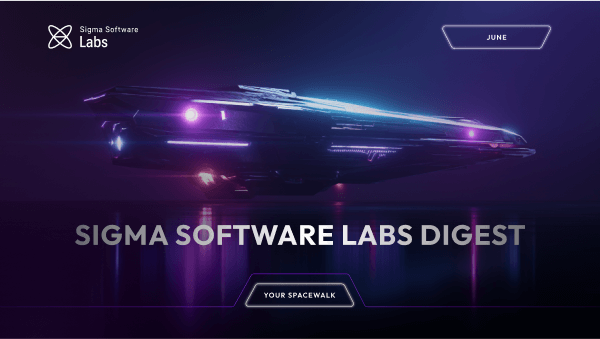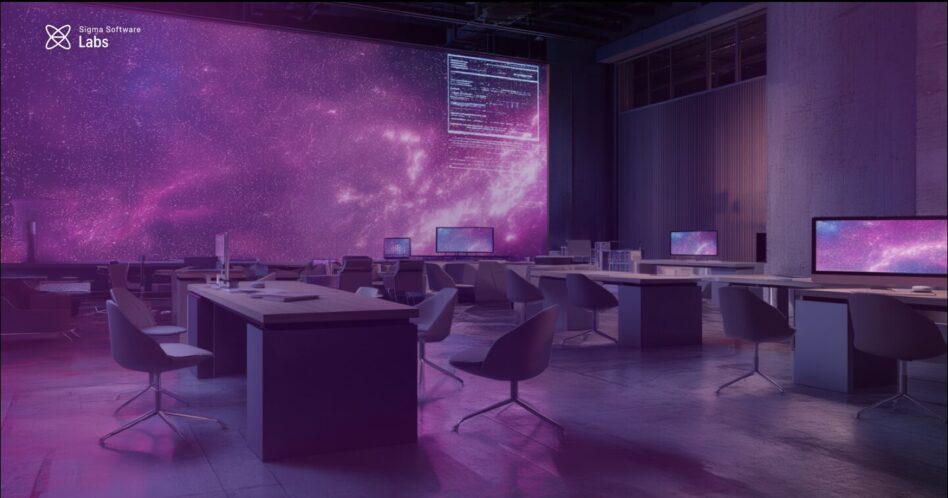Andrii Pastushok, Principal Product Manager at Sigma Software
Product discovery is something that many startups miss, giving preference to basically development and fast entering the market. Nevertheless, neglecting it, they later face many risks and problems that could be easily mitigated would they take some time to explore their own idea better.
Although it sometimes can be a non-trivial task, at the end of the day product discovery is not rocket science. We can reveal all the major points in a brief guide, just counting to six. Make it count…
One… main benefit from product discovery
Let’s start with one main statement, why the discovery phase is necessary for any product and any idea. Because it is something that saves time and gives you a better understanding of the product before you start the development.
Just do it. The discovery phase, I mean:-) You won’t regret it.
Two… things to remember about product discovery
Product discovery is always an ongoing activity. You will never be able to say: “Ok, I have 100% of information, now I can make a decision”.
However, product discovery at the early stage is more beneficial from different perspectives: from saving your time and money to shaping your idea better. But what if you’re already in the middle of your journey? Forget about product discovery? Oh, no. Better start later than never. Yet better, start sooner than later:-)
Three… goals of product discovery
Let us recall why we need product discovery after all? What are the goals? Well, first of all we would like to ensure that we have a solution that addresses the market needs. This is the most important thing. If you don’t have that, it means your product is not valid: no one will buy it.
Second, it minimizes the risk and uncertainty (although you can never totally remove it). However, at the beginning of the product journey uncertainty is huge, and it is twice as important to get better guidance, don’t you think? Besides, if you are not alone (hopefully) and have partners, it will help to align everyone and bring them all on the same page.
Last but not least: product discovery helps you to make sure that you have the necessary artifacts to basically start the development.
Four… major aspects to reveal during discovery phase
Now, the discovery phase has to reveal four major aspects, namely (1) the product, (2) user experience, (3) technology, and (4) execution.
Running product discovery activities, from a product perspective, we should answer the following major questions:
- Whether the solution addresses the market needs?
- What kind of competition do we have and how will we be different from other similar companies or products on the market?
From a UX perspective, obviously our task is to understand whether the user experience is good enough (when I say good, I mean great of course), and whether the product is scalable in terms of user interaction. In complex solutions we also need to find the easiest way to achieve results while keeping a nice look and feel of the product itself.
Technology part is where we’re trying to understand whether the product is actually technologically feasible. Be ready for different trade-offs here because there is no one size fits all from a technology perspective. Wisely choose technology stack, focus on what will be the best fit for you. Think over the product architecture, infrastructure, and how they might look. And don’t forget about nonfunctional requirements, make sure you defined them as well.
Finally, from the execution point of view, we have to figure out how long it will take to develop a certain scope, how much effort will we need, what risks we might face and how we can mitigate them. A quick review is called to help you build the product roadmap, put a feature list, make sure that the backlog is prioritized, and also create the backlog for the next few sprints.
All this information will be also helpful to raise money from investors, who (surprise!) want to make sure they invest in a product that is well-thought and well-built.
Five… experts for the efficient discovery team. Or more:-)
In my experience, for product discovery we usually put together a team of experts from four major aspects: product manager, project manager, UX specialist, and software architect. And also, I strongly recommend involving at least one more expert.
If you think that I forgot to mention which one, I did not:-) That would depend on from the product. My advice is always to try to get support from niche experts and the specialists that may bring value to the future product. That could be tested engineers, DevOps, ML experts, security engineers or others.
If your product is complex, it may require even more people. I’ve been in discoveries where we had about 15 people working to make sure that we addressed all the necessary questions and had all the information needed.
My point here is: if you have somebody who can help you to answer the questions that you are not expert in, bring that person on board. You don’t have to involve them full-time. Just to make sure you covered all the areas.
Six… weeks is the longest discovery phase to go with
How long should the discovery phase run? Well, from my experience, the longest one takes up to six weeks at max. With this long period you should be able to get pretty accurate data on the scope of the product and effort you’ll have to place for the upcoming three months and high level understanding of the scope for the next 6–12 months.
In my work, we usually start with so-called Zero or pre-discovery activities that aim at gathering as much information about the product from different sources without involving stakeholders.
The next stage involves a bunch of internal and external workshops in order to dive deeper in the context of the product, the market, the end-customers, etc. In the meanwhile, the UX experts work hard to provide the right context for all technological and delivery related aspects.
Then follows support, technical, and execution discussion that basically results in major decisions and predefined trade-offs. We pull up all information that is necessary to make sure that we move it into the product development itself.
I can already guess your question: what if the whole development of the product takes just a few weeks? Does it make any sense to run discovery for the same amount of time? Obviously, it doesn’t. IF you have a product that could be developed quickly and doesn’t require some extra investigation in terms of complexity. You can still go with something simple, though, just to answer major questions from different aspects without the deep analysis. That, as I already said, would give you an understanding of your product’s market fit, keep everyone in the team on the same page, and minimize risks.

